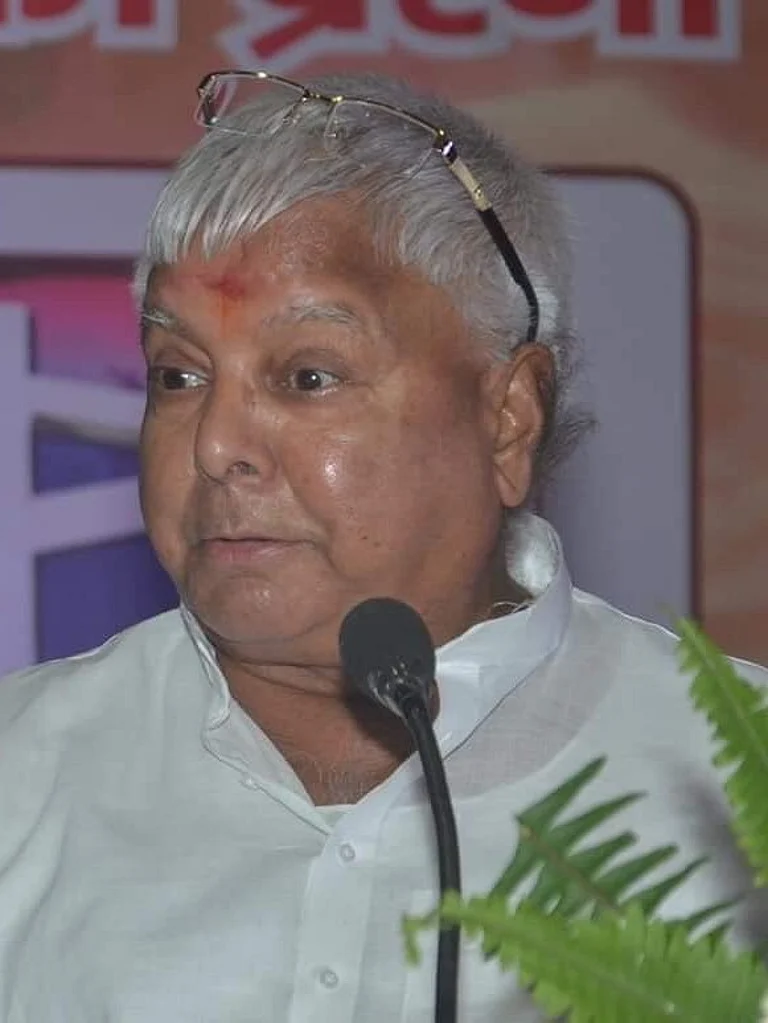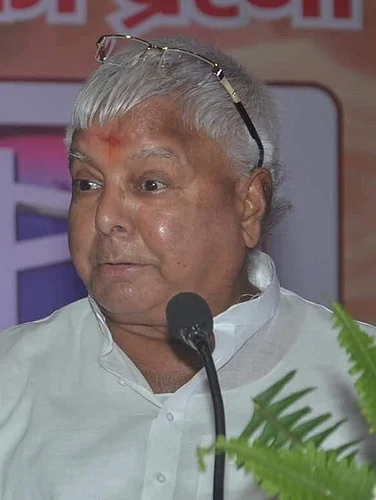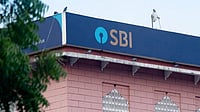
The NDA’s early edge in Bihar has renewed focus on the cost of implementing its Sankalp Patra, pegged at roughly ₹37,000 crore
Most of the burden comes from expanded farmer payments, a sizeable pension hike, and free electricity for households
Experts warn that fulfilling these promises could strain the state’s finances, leaving minimal room for new development spending
With the NDA (National Democratic Alliance) taking an early lead in Bihar Assembly Elections 2025, the spotlight has quickly swung to the price tag of its Sankalp Patra. The election manifesto packed with a long list of commitments can add nearly ₹37,000 crore to the state’s finances, according to MoneyControl analysis.
The major chunk of the projected spending comes from the proposed PM-Kisan top-up, under which the NDA has promised an extra ₹3,000 per year to each farmer. Currently, around 73 lakh farmers in Bihar get ₹6,000 annually under the central scheme. The proposed top-up would push the total outlay to approximately ₹22,164 crore, making it the most expensive promise in the entire Sankalp Patra.
The second biggest share comes from the old-age pension revision. Bihar’s move to lift monthly pensions from ₹400 to ₹1,100 for roughly 1.12 crore recipients is expected to push the bill by about ₹9,400 crore each year, the report said.
In addition, the promise of providing 125 free electricity units to every household would require around ₹3,797 crore annually. The proposed breakfast scheme for school children adds further pressure on the state’s financials, with estimated costs of nearly ₹1,225 crore, despite calculating a pre-meal cost that is lower than the Centre’s mid-day meal scheme.
The manifesto also includes an upgrade of PM Matsya Sampada Yojana, a scheme launched by the Indian government to develop the fisheries sector and increased the fish production. According to the report, the top-up under the PMMSY from ₹4,500 to ₹9,000 is likely to cost ₹297 crore.
It is pertinent to note that this cost is significantly lower than the Mahagathbandhan’s projected ₹60,000 crore bill. However, the burden is still substantial. The state’s FY26 fiscal deficit is projected at ₹32,718 crore, or 3% of GSDP, which is actually lower than the cost of the new pledges.
To understand the scale, Bihar’s capital expenditure stands at ₹40,532 crore, which is only slightly above what the NDA’s welfare schemes are expected to require. This leaves the government with very little room to fund new infrastructure or expand social programmes without further stretching its finances, the report added.
This assessment by Moneycontrol does not include potential expenses for job guarantee schemes, student scholarships, or loan-support programs. Each of these schemes, if rolled out, could push the total cost even higher. Outlook Business could not independently verify the overall cost.
As per trends available till 11:30 am, early counting trends placed the NDA comfortably ahead in 190 constituencies, while the Mahagathbandhan was leading in 49 seats. The BJP alone had surged past the 50-seat mark, showing leads in 84 seats.
The final outcome in all 243 constituencies will determine whether JD(U) leader Nitish Kumar, already the longest-serving chief minister in Bihar, secures a fifth straight term, or if the state is headed for a change in regime.
This year’s two-phase polling on November 6 and 11 witnessed an unprecedented turnout of 67.13%, the highest ever recorded in the state.
Although most exit polls have projected a sweeping victory for the NDA, alliance leaders have urged caution. Meanwhile, Tejashwi Yadav has rejected the forecasts outright, insisting that the Mahagathbandhan is on course for a decisive win.






























